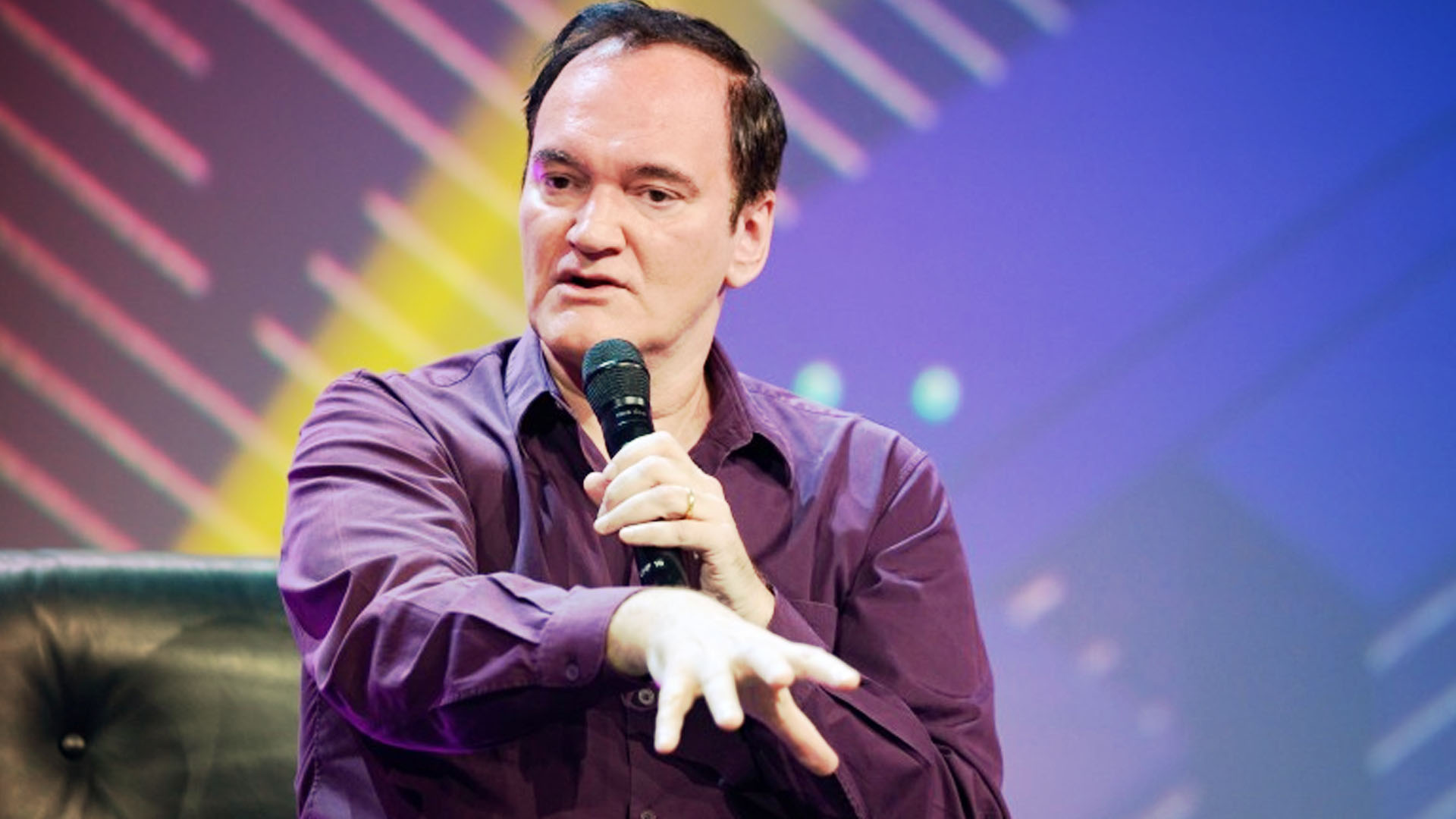celebrity gossip
Quentin Tarantino Is Too Afraid to Watch This Movie, Let’s Find Out

Quentin Tarantino has always loved Richard Lester’s The Three Musketeers and The Four Musketeers (1974). The Musketeer movie was filmed as one but released in two volumes in the early 1970s; a notion Tarantino popularised with Kill Bill. They featured swaggering machismo performances from Oliver Reed and Faye Dunaway that have long appealed to Tarantino.
Tarantino’s enthusiasm for Lester’s Musketeer duology is also responsible for one of his few cinematic fears: 1989’s The Return of the Musketeers.
Tarantino spoke on the Unspooled podcast with Roger Avary to promote their podcast, The Video Archives. Tarantino said he watched The Return of the Musketeers prepare for Unspooled.
“I’m terrified to view the movie” That’s one of the few movies I’m terrified to watch since I love these two so much, and it looks like a compromised vehicle for them to get back together. The only reason I’m worried is that I hold this one movie in such high regard.
The creators and actors originally intended The Three Musketeers and The Four Musketeers to be one picture, but producers Alexander, Ilya, and Michael Salkind had other ideas.
Both movies are based on Les Trois Mousquetaires, Alexandre Dumas’ 1844 book. Tarantino said that Lester’s films are accurate to the book’s premise, but his comic and cynical perspective distorts it.
Also Read: Guillermo Del Toro’s Cabinet of Curiosities Upcoming Series on Netflix
What more did Quentin Tarantino share About the Movies?

Showbiz Cheat Sheet
Tarantino called it an “auteur work” He relates the tale in the book, but from his point of view, not Dumas’. He makes fun of the characters. But I guess it’s from ’70s cynicism… Lester reveals that both the Musketeers and Richelieu’s guards are idiots, marionettes dancing to the tune of a villain or clown.
The movie was a blast of pleasure for 1970s audiences who loved the sardonic humor Lester pioneered in his 1960s Beatles features, A Hard Day’s Night (1964) and Help! (1966).
Now that comedy was used in a swashbuckler framework that played its plot reasonably straight, with blazing performances from Reed and Dunaway and an underplayed Charlton Heston as Cardinal Richelieu. Both movies were box office blockbusters, and Raquel Welch won a Golden Globe for the first one.
In 1989, Lester produced The Return of the Musketeers. Despite his success on Superman II, Lester’s work on Superman III and subsequent attempts were less warmly appreciated.
Dumas created numerous sequels to The Three Musketeers, including Twenty Years Later and The Man in the Iron Mask, but Lester was less sure about continuing the plot. It’s been four years since his previous film, and he’s trying to rekindle the glories of ’89.
While much of the ’70s actors returned for the delayed sequel, loosely following Dumas’ book Twenty Years Later, it was not an official sequel to The Four Musketeers since it was filmed without the Salkinds (who refused to let Lester utilize material from the ’70s movies). Less swagger. Roy Kinnear, a longtime Lester partner, died of a heart attack while filming The Return of the Musketeers in a horse riding accident. Lester subsequently confessed the disaster caused him to resign following Return’s release.
Avary, who wrote Pulp Fiction with Tarantino, said a sequel to The Four Musketeers may have been different. “If the movie had been created in 1975 and published, there are reasons, then it’s the second book. It has to be done immediately.”
Tarantino agrees but says 1983 was a better time to revisit the well than 1989. Today, “legacy sequels” are a must-see novelty, but 30 years ago, spectators saw decreasing returns and desperation in such ventures, which The Return of the Musketeers could not dispel. For Tarantino, anything too terrifying to see is unusual in film.




